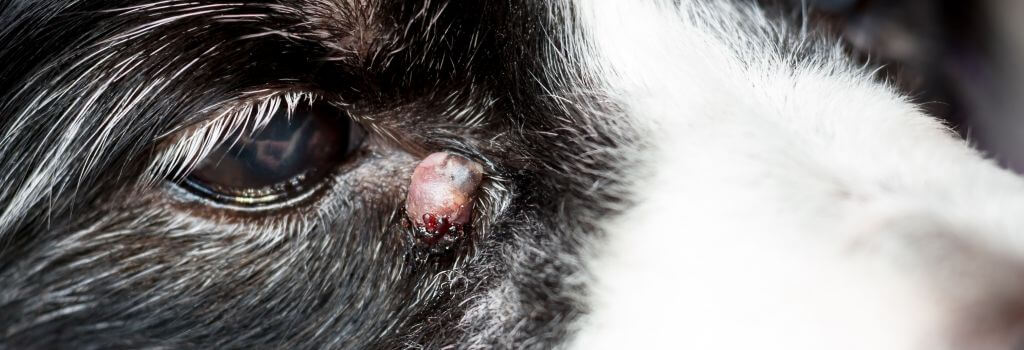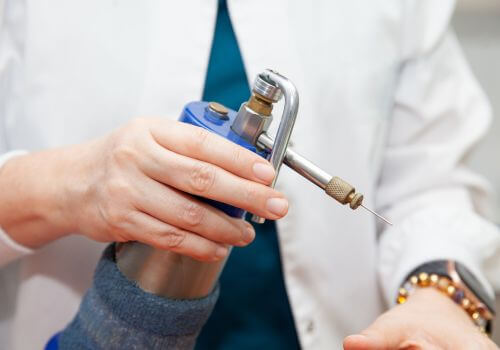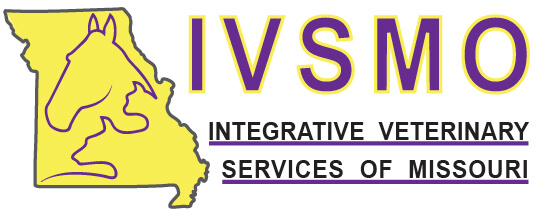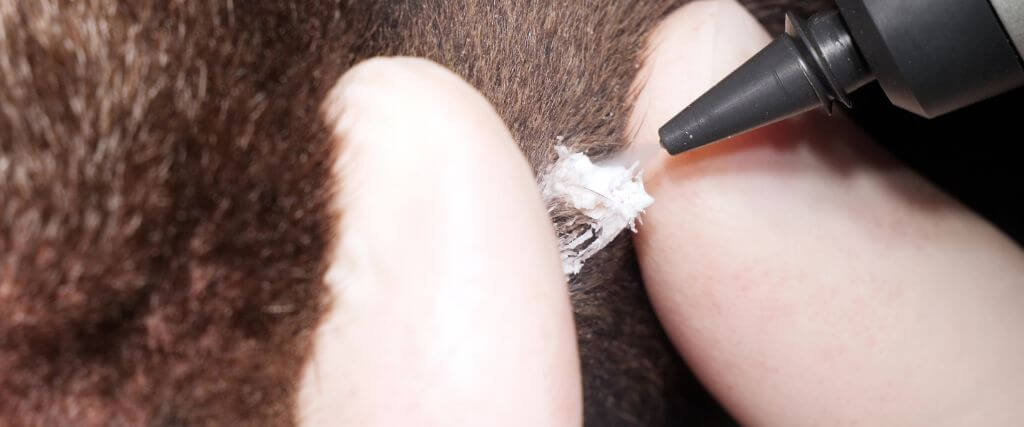It might surprise you to learn that millions of pets each year end up needing a growth, lump, or bump removed. In many cases, these pets undergo traditional surgery with anesthesia, but there could be another way. It’s called cryosurgery, and it uses extreme cold to safely destroy unwanted tissue.
This technique has been around for a long time in human medicine, and while it has been available for pets, it wasn’t widely utilized. Today, more hospitals are offering these services, it's gaining popularity in veterinary care, and it’s worth knowing about, whether your pet needs it now or sometime down the road. So, what exactly is cryosurgery, and why might your vet recommend it? Let’s take a closer look.
What is Cryosurgery?
Let’s break it down. “Cryo” means involving or producing cold, especially extreme cold, and “surgery” means, well, surgery! So, cryosurgery is a procedure that uses extreme cold to structurally alter the body or destroy unwanted tissue. In pets, this involves applying ultracold temperatures, typically between -105°C and -196°C, to target and kill cells. For cell death to occur, the tissue needs to reach at least -20°C. This process, called cryogenic cell destruction, is a precise way to remove lesions while minimizing damage to the healthy tissue around them.
You might be more familiar with cryosurgery than you realize. If you’ve ever had a skin tag or wart removed at the dermatologist using liquid nitrogen, that’s the same idea. It’s a local treatment, focused right on the problem area without affecting the surrounding body.
The great thing about cryosurgery is that, in most cases, only one session is needed when it’s done by an experienced veterinary cryosurgeon. If you’re considering this option for a growth removal for your pet or another lump, the best place to start is by talking with a skilled veterinarian who can walk you through what to expect, how to prepare, and how to care for your pet afterward.

What Can Be Treated with Cryosurgery in Pets?
Cryosurgery can be used to treat a variety of lesions and masses in pets, especially those growths or sores that your pet just won’t leave alone — the ones they’re always licking, biting, or scratching at. It’s primarily effective for small to moderately sized growths, from just a few millimeters to several centimeters across. When a mass is larger, cryosurgery can still play an important role by being combined with traditional surgery. In these cases, the main portion of the mass is removed surgically, and cryotherapy is used to target and destroy any remaining abnormal cells at the tissue margins.
In addition to taking care of those lumps and bumps, cryosurgery in dogs and cats can also be a great option for treating tumors or lesions in spots where traditional surgery would be tricky, like certain areas of the mouth. This type of surgery has been proven to be effective for both benign and malignant tumors, as long as the lesion is accessible and healing as an open wound is acceptable.
Cryosurgery VS Traditional Surgery for Pets

So, how does cryosurgery stack up against traditional surgery? One of its biggest advantages is that it often doesn’t require full anesthesia, which can make it a gentler choice for pets, especially for senior pets or those who may not handle anesthesia well. It can be used either on its own or combined with standard surgery, depending on the nature of the mass and its location.
Another advantage of cryosurgery is how it preserves the tissue matrix, which helps promote good cosmetic healing with minimal scarring. But beyond aesthetics, cryosurgery may offer a unique bonus: the potential to stimulate the immune system. When cancer cells are destroyed through cryosurgery, the body’s natural defenses can sometimes recognize these damaged cells and mount a stronger immune response — a phenomenon called the abscopal effect. As dying tumor cells release antigens, immune cells like dendritic cells and macrophages take notice, priming T cells to seek out and attack other cancer cells that might exist nearby or elsewhere in the body. While this immune-boosting potential is still being studied, it’s an exciting added benefit to the local tumor control that cryosurgery provides.
Pain reduction is another area where cryosurgery takes the lead. Most pets tolerate cryosurgery very well, with the majority feeling only a brief cold sensation at the start, much like holding an ice cube against the skin. The treated area quickly becomes numb, and recovery tends to be smooth, with pets often returning to normal activity by the next day.
Cryosurgery Risks in Animals
Like any medical procedure, cryosurgery does come with some risks. The main concerns are not freezing the lesion thoroughly enough, which can lead to regrowth, or over freezing, which could damage the healthy tissue beneath the lesion. There’s also the normal drainage and odor during healing, which some pet owners find challenging to manage.
Pet Recovery After Cryosurgery
Recovery needs and timelines will vary based on the size of the treated area. Small sites may heal within five or six weeks, while larger or deeper sites, especially those treated alongside traditional surgery, might take a few months to fully heal.
One important thing to know is that cryosurgery sites heal as open wounds. The dead tissue needs to slough off naturally as healthy granulation tissue fills in from underneath. During this process, you’ll see crusting on the wound, drainage, and sometimes a bit of odor, which, believe it or not, is all part of normal, healthy healing.
Routine care for the wound usually involves keeping the area clean, preventing your pet from licking or chewing at it, and using products like a hypochlorous acid cleanser (such as Nixall) and ozonated olive oil to support healing. You might also need to break out the trusty cone of shame (or another barrier) to keep your pet from messing with the site if they are consistent in their behavior. Keeping the area clean and dry is essential for a fast, healthy recovery.
If your dog or cat has a lump, bump, or skin lesion, it’s a good idea to talk with your veterinarian about whether cryosurgery might be the right option. This approach offers a safe, effective, and often less invasive way to promote healing, without the need for traditional surgery with scalpels and stitches.
If you have questions and you'd like to reach out to us, you can call us directly at (417) 866-2923, or you can email us at [email protected]. Don't forget to follow us on social media Facebook, Instagram.


